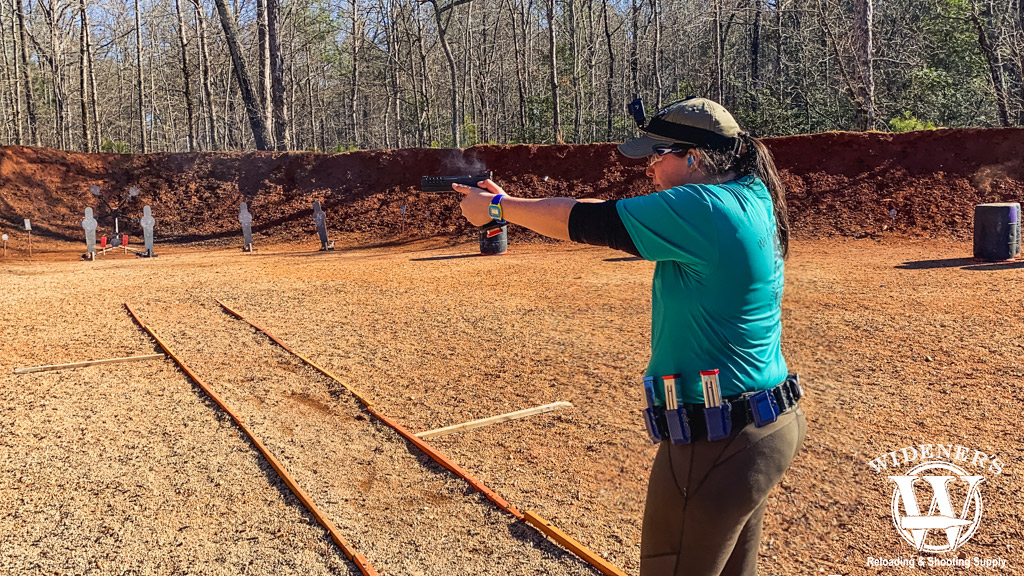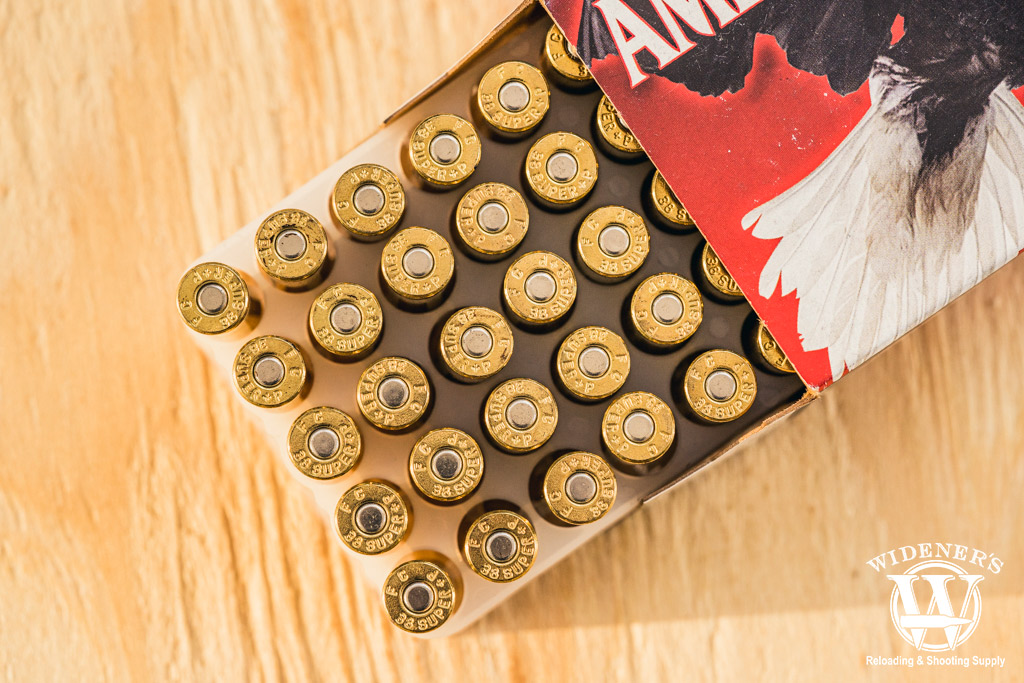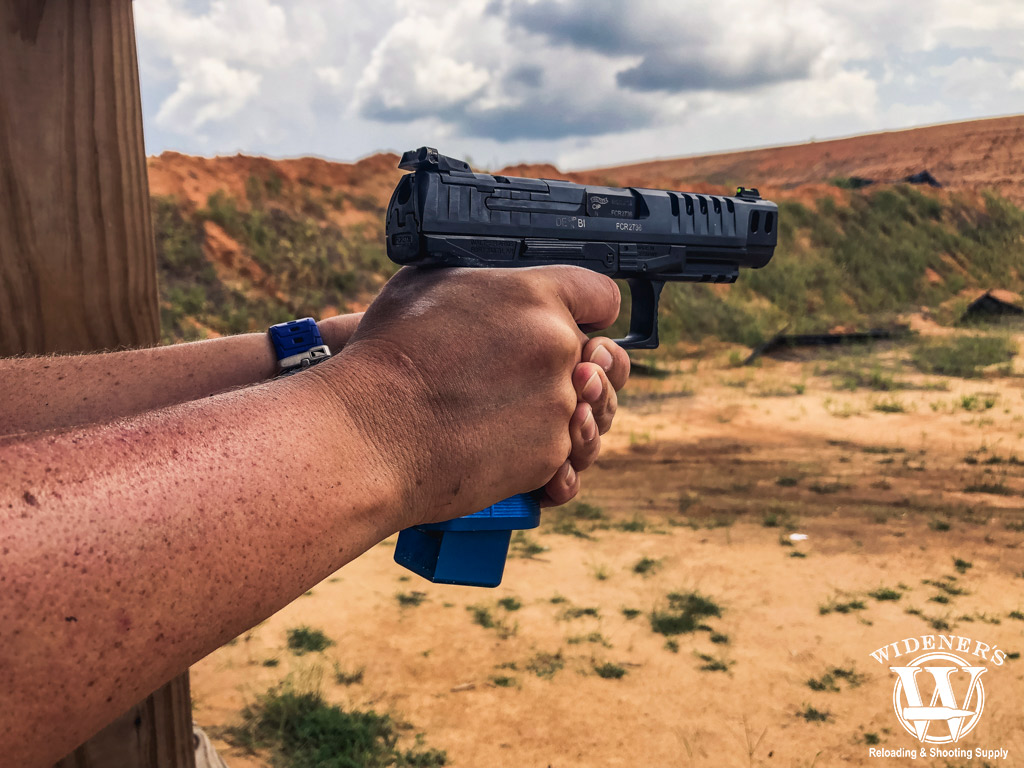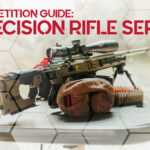

Guest Writer: Kenzie Fitzpatrick
Choosing a pistol for competition shooting is an adventure. It takes time to find out which division you enjoy shooting in. You’ll also need to pick a gun set up to be competitive in it. The journey of choosing a pistol is a process you want to be patient in. As always in the shooting sports industry, borrowing and trying a variety of guns and gear is a great start before committing and investing in your own.
Before choosing a pistol for competition, there are some considerations you’ll need to know before diving into the competition. Choosing a pistol for competition includes more than just the gun purchase. Here are some additional things to think about before investing:
Investment Strategies
Determine your budget for a pistol to shoot in competition. Is this a starter gun for you or are you looking to make a long-term investment into pistol competitions? Some of the best shooters in the world shoot budget-friendly firearms like Glocks, Caniks, HKs. An expensive gun doesn’t necessarily translate into shooting better. The other thing you’ll consider when it comes to a gun price is that the pistol isn’t the only cost. To set yourself up for competitive shooting you’ll need to create your full budget. Starting with the amount you allocate for just the pistol is key to building your dream rig.
Competition Pistol Accessories

A good gun belt and a custom holster can make a huge difference in your performance at a competition.
Competition Holsters
One of the first pieces of gear you’ll need to purchase is a holster custom fit for your firearm. We’ll get into the types of pistol competition divisions and disciplines below. Understanding the division and discipline you shoot in will help you determine your holster options.
There are different retention levels when it comes to gun holsters. This is because a holster designed for USPSA (United States Practical Shooting Association), needs less retention than a holster designed for 3 gun shooting. In USPSA, pistols are never going to be re-holstered hot. Nor are pistols left in the holster while running to a position.
In 3 gun competitions, holsters need the highest retention possible. You may not draw your pistol until after climbing up and over an A-frame. After crawling through a tube and you might re-holster it hot. Many disqualifications happen at shooting competitions because pistols come out of their holsters. These disqualifications happen when guns fall on the ground loaded or unloaded. For this reason, a holster with a hood is highly recommended for 3 gun shooting.
Gun Belt
Not all pistol competitions require the use of gun belts. GSSF (Glock Shooting Sports Foundation) doesn’t allow for any drawing from a holster or belt. However, you can use a gun belt to transport holstered firearms from stage to stage at a match. SCSA (Steel Challenge Shooting Association), for example, doesn’t require you use gun belts or holsters in almost all of their divisions. However, be aware that some divisions do. So, choosing a division/discipline will help you understand what type of gun belt to purchase.
If what you choose to shoot does require the use of a gun belt, make sure you purchase something sturdy. It needs to be capable to hold up your holstered pistol and full magazines in their pouches.
Additional Magazines
Depending on the division and discipline you choose to shoot in pistol competitions, the number of magazines needed to shoot a competition can vary from 3-5. I highly recommend buying at least 5 magazines for any pistol you choose to shoot. That way you’ll have enough to shoot a stage and have spare magazines in case of malfunctions.
Magazine Pouches
In addition to magazines, you need magazine pouches to carry your magazines on your body. You’ll also want to purchase at least 5 magazine pouches, if not more. Buy accordingly depending on the division and discipline you choose to shoot.
Pistol Sights
Most stock firearms have basic front and rear sights that are perfectly functional, but not as desirable as aftermarket sights. Choosing a division, no matter what discipline you choose will be instrumental in whether you choose to shoot with iron sights or a red dot.
There are a ton of options when it comes to aftermarket iron sights. Those include adjustable sights for windage and elevation, a variety of fiber optic colors, circles, triangles, and more. Customizing sights that you can see, pick up quickly, and aim fast with will give you a competitive edge.
If you choose to shoot using a red dot, you have to set your pistol up for this. The slide of the pistol needs to have a place to attach the mount for the dot to it. Some guns like the Walther Q5 pistols, the MOS Glocks, and the latest from HK are ready for optics. However, many pistols will need to have the slide milled and machined to mount a red dot on it.
Competition Ammunition

You’ll want to choose economical ammo to practice with at the range, and high-performance ammo for competition.
Ammunition cost and availability is an important consideration in choosing a pistol for competition. Choosing the caliber you can afford to buy practice and competition ammunition for is also something to budget for. Practice ammunition and competition ammunition have differences such as different bullet grain weight, velocity, and many other specifications.
If the gun you choose is something you have to custom load ammunition for, factor in a budget for reloading supplies. Be aware custom reloading can have a high-cost upfront. However, it becomes a lower cost over time when you’re reloading your own ammunition.
Backup Gun
Unfortunately, this is something to consider as you start competitive shooting. Most competitors have a backup gun ready to go in case of catastrophic gun failure. While many competitors have the same exact gun set up and ready, some matches will allow for the use of another type of gun that is permissible to shoot within the same division.
Types of Pistol Competitions

Ready to compete but unsure where to start? Check out the different types of pistol competitions in the list below.
Understanding the types of pistol competitions will give you an idea of how to get started. The best place to start is by choosing a pistol for competition.
SCSA (Steel Challenge Shooting Association)
This is one of the easiest and best places to start when it comes to getting into competitive pistol shooting. Choosing just one pistol division to compete in to start with can be difficult because it’s a lot of fun to shoot. If you have more than one pistol, this is a great shooting sport to try your hand at different divisions to see what you enjoy the most!
The rulebook for SCSA is the place to start when learning what is and isn’t allowed in each division.
Pistol divisions for SCSA
- Rimfire Pistol Division: Irons or Open – This is the best beginner division to start pistol competition shooting. Instead of going into centerfire pistols, you can shoot rimfire pistols. The iron division requires the use of iron sights. In the open division, you can use a red dot on the gun.
- Open Division – Just about anything goes! The most common open guns are in 9mm and 38 super comp. These guns include custom open mounts for red dots, slide rackers, thumb rests, flared magwell, compensators, and more!
- Limited Division – The limited division have some rules for guns related to magazine length. This division doesn’t allow you to use red dots. However, shooting Limited is a lot of fun. Most shooters also consider it a race gun division.
- Production Division – If you love the adrenaline rush of quick reloads, this division is for you! Magazine capacity is limited to 10 rounds and has the most rules of any shooting division. Think of this division as shooting a mostly stock pistol.
- Single Stack Division – Another division to shoot in if you love to reload. This division is for those that enjoy the classic semi-automatic pistols and want to shoot a higher caliber pistol.
- Revolver Division – This division requires a much different setup. Instead of magazines, you’ll need moon clips and moon clip holders rather than pouches.
- Carry Optics Division – This division does allow for shooting a red dot, but with more rules than the open division.
GSSF (Glock Shooting Sports Foundation)
The only pistols GSSF allows competitors to shoot are Glocks. So if you’re a Glock fan, these competitions are a great place to start in the world of pistol competitions. As always, start by reading the GSSF rulebook. While there are many divisions to shoot in GSSF matches, the main pistol configurations are as follows:
- Stock – Glocks have to be set up in the stock formation, with some external modifications allowed.
- Pocket GLOCKs – Only for the Glock 28, 42, and 43 to be used.
- Rimfire – The division where all Glock 44s compete in.
- Unlimited – Similar to the open division in other shooting sports where red dots may be used and many other internal upgrades, with some minor limitations to shooting this division.
USPSA (United States Practical Shooting Association)
The USPSA competitions are the place to go when you’re ready to shoot and move. USPSA will test your ability to shoot moving targets, knockdown steel, shoot two shots as fast and accurately as possible, and more. Because USPSA requires the use of a proper belt, holster, specific mag pouch setup for some divisions, placement of magazines, and more, spend some time reading over their rulebook.
USPSA Divisions:
- Open Division – The open division has few requirements and rules, but the most important to note is that your gun and ammunition has to meet certain power factor requirements for minor and major power factors. The power factor of your ammunition affects the score of your shots. Major power factor allows you to receive more points per hit outside of the A zone over minor power factor. Flashlights, compensators, ported barrels, slide ports, red dots, and more are all permissible.
- Limited Division – This division also has a difference in major and minor power factor ammunition scoring and the main thing to note of this division is you are shooting a gun with iron sights.
- Limited-10 Division – This is the same as the Limited Division with the capacity of each magazine limited to 10 rounds of ammunition rather than filled magazines.
- Production Division – This division has the most rules and is the most equal scoring division as there is only minor power factor. This division is where most guns are kept in their stock configuration. Production Division only allows up to 10-round magazines too. If you shoot this division, we recommend you have more than 5 magazines and magazine pouches. On higher round count stages, it’s always good to have spare magazines. This is in case any fall off or don’t function properly.
- Single-Stack Division – This division also has minor and major power factor scoring based on ammunition. This is another division where having extra magazines and pouches is important for those higher round count stages.
- Revolver Division – Not many people shoot revolvers in competition anymore, but there is still major and minor power factor scoring. This also has a capacity rule when it comes to the power factor. A maximum of 6 rounds fired before reload if Major PF declared, 8 if minor PF declared.
• Carry Optics Division
- This division only has minor power factor scoring and allows for optics, with stipulations:
- Optical/electronic sights REQUIRED; must be attached directly to slide between rear of slide and ejection port. You cannot mount them to the frame in any way.
- There is a maximum weight of the pistol which includes the optic chosen. So be aware of this when purchasing your red dot, mount, and other upgrades.
IDPA (International Defensive Pistol Association)
This is a great sport for working with your concealed carry handgun. You wear concealed carry garments, reload behind cover and concealment, and test your self-defense skills. Be sure to read the rulebook as a general starting place in shooting a match.
There are different target designations for stages where there are threat and non-threat targets so you learn how to think and react under pressure. Just like any other pistol competition, there are many divisions to shoot in. So your concealed carry pistol choice may already fall under one of these divisions. If not, you may choose a concealed carry gun that fits one of these criteria.
IDPA Divisions
- Stock Service Pistol (SSP) – This pistol would need to be a double action, double action only, or striker-fired pistol with some weight limitations and measurement requirements to fit in the IDPA gun test box.
- Enhanced Service Pistol (ESP) – The pistol options for this division are a little bit easier as the gun requirements is that it must be a semi-automatic pistol, 9mm or larger, with some limitations with the weight and gun fitting the IDPA gun test box.
- Custom Defensive Pistol (CDP) – This division is where the fun begins! This division requires the use of the .45 ACP cartridge in a semi-automatic pistol with weight and test box requirements as well.
- Compact Carry Pistol (CCP) – This division is where the barrel length matters as all pistols must have a barrel length of 4 3/8″ or less. The weight requirements in this division are lighter than others with a different size IDPA gun test box.
- Revolver (REV) – This division will be categorized into stock or enhanced revolvers. The ammo weight differences are different for each division as well as cartridge requirements.
- Back Up Gun (BUG) – This division has a few sub-categories such as semi-automatic, revolver, and others determined by the match director. I recommend reading the rulebook extensively for this category of choosing a pistol.
3 Gun Competitions
For shooting 3 gun competitions, the pistol is just one aspect of meeting division requirements. There are several organizations/rulesets that govern 3 gun matches. These include United Multigun League (UML), 3 Gun Nation, USPSA Multigun, and you may see others run with Outlaw rules and more.
- Tactical Optics – This is one of the most common divisions across the different governing bodies of rule sets for 3 gun matches. Red dots are not allowed in this division and you can’t use certain magazine lengths/extensions. Each rulebook is slightly different on division requirements. It’s always a good idea to read the rules before heading to a competition. Your pistol may or may not be legal in the division you want to shoot. Tactical Optics is a more entry-level division. It allows most all factory stock guns, modifications, and more made with the limit of shooting with iron sights.
- Open – The open division is where almost any legal modification is allowed. This division allows compensators, ported barrels, red dots, slide rackers, thumb rests, longer magazines, magwells, and more.
- Heavy – Rarely is Heavy a division in 3 gun competitions, but this division does require the use of higher caliber pistols such as .45 ACP. Red dots/optics are also not allowed in this division.
Buying Your Competition Pistol

You may find the perfect gun for you already exists, talk to other competitors before you make purchase decisions.
There are a variety of pistol competitions to choose from. Finding what you enjoy shooting is the key to having fun on the range. As always, I recommend borrowing guns and gear. Ask other competitors and try as many guns as possible before making a decision. Don’t forget to ask questions about what works for long time shooters. Do remember that what works for others may not work for you. Be sure to test your grip, ability to function the firearm, and more when choosing a pistol for competition.


